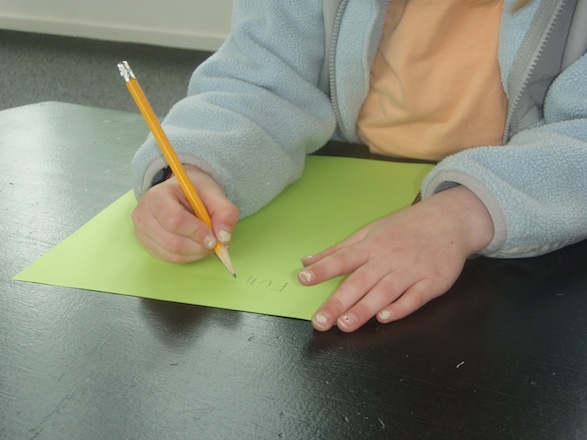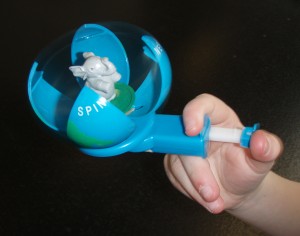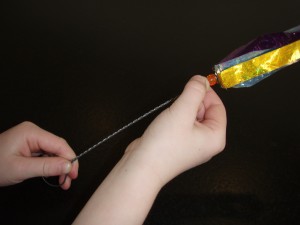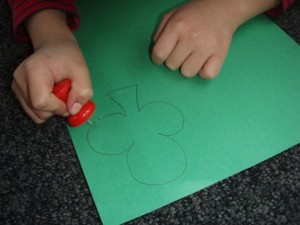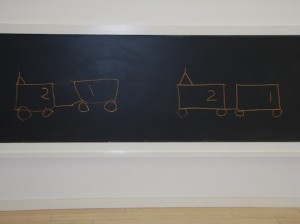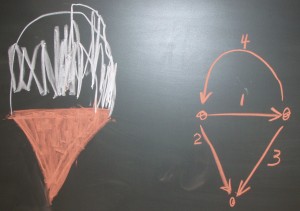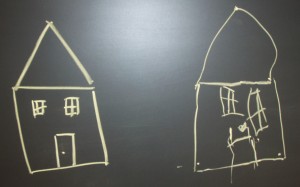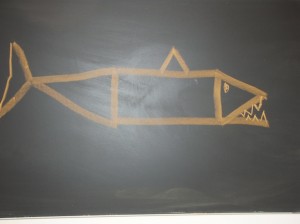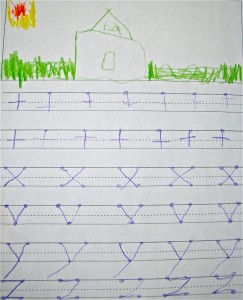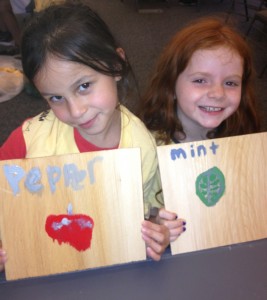I lump Kindergarten and First Grade together because both crews work on the same thing, only the expectations for a “grader” are slightly higher. Well ok, a lot higher, than for a child in Kindergarten. It’s not quite Betty Crocker 101 morphed into Julia Childs’ French cuisine. Like with cooking, however, the basic skills need to be taught and eventually mastered, or at least executed with some facility.
The first half of Kindergarten is best spent emphasizing the activities outlined in Pre-writing for Threes and Fours. The difference is that the expectations become more precise. Better accuracy and increased complexity of fine motor and visual motor demands should occur.
Below are a few examples of how an activity can be “Super-sized” to meet the growing skill level of the maturing child.
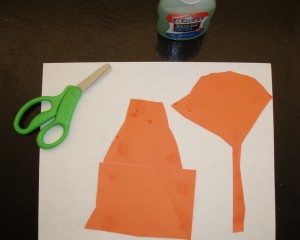 Scissors: Cutting Strips [icon style=”icon-circle-arrow-right” size=”small” borders=”no”] Cutting out Shapes and Pictures
Scissors: Cutting Strips [icon style=”icon-circle-arrow-right” size=”small” borders=”no”] Cutting out Shapes and Pictures
- Stamping randomly on paper [icon style=”icon-circle-arrow-right” size=”small” borders=”no”] Following AB ABC Patterns
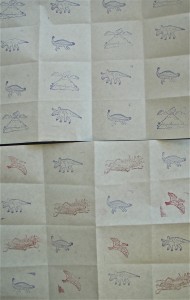
- Simple Sewing Cards [icon style=”icon-circle-arrow-right” size=”small” borders=”no”]Simple Embroidery
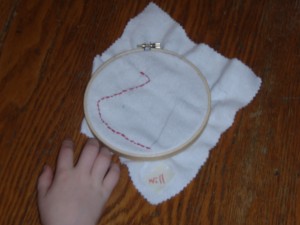
If the hands are not strong enough to hold a pencil in the correct tripod grasp, then hand strengthening activities must continue.
New activities can be added to the list:
Spinner and Fidget Toys
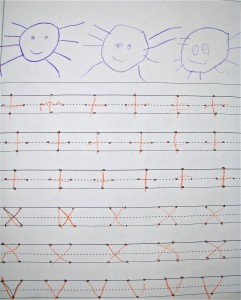 Before a formal writing program should begin, the child must be able to reproduce vertical, horizontal and diagonal lines accurately. The student should also be able to draw fairly accurate basic shapes: squares, circles and triangles. (A child is not expected to draw a diamond until six years old).
Before a formal writing program should begin, the child must be able to reproduce vertical, horizontal and diagonal lines accurately. The student should also be able to draw fairly accurate basic shapes: squares, circles and triangles. (A child is not expected to draw a diamond until six years old).
If these requirements are not met, then the child should practice the stroke drills listed in Threes and Fours.
Once the child has mastered drawing lines and can copy shapes with ease, combining shapes and lines for more sophisticated representational drawings can occur. Examples follow below:
Once the hands are strong and drawing improves, letter writing can begin in earnest. Following these suggestions will make learning to write Stress-Free!
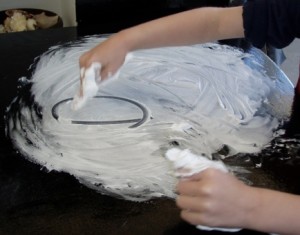 Begin with huge letters (Black/white board, large sheets of paper taped to floor, sidewalk chalk)
Begin with huge letters (Black/white board, large sheets of paper taped to floor, sidewalk chalk)- Practice the strokes required in the letter before combining to make a specific letter
- Air writing helps, coupled with words to understand the movement, like “UP! DOWN! GO ACROSS…
- Reinforce the feel of writing letters by doing this in the sand and/or shaving cream-tapping into the tactile system for stronger memory of the correct movement
- Construct letters out of cut strips of paper as well, utilizing spatial reasoning to help understand the letter formation
- In Kindergarten, draw one large letter per sheet of paper initially. Move to quadrants once the letters are formed correctly
- Use dot cues to help the child understand where to draw a line
Most First Graders will know approximately how to write the letters. Reviewing the correct letter formation to all children will
- Provide positive reinforcement for children who have mastered letter formation.
- Help children re-learn the correct way to form letters so they will not struggle as writing demands increase.
The activities listed above can be done for a shorter period and emphasis can be placed on the fun and creativity of writing. The review of the alphabet-upper and lower case can begin in a more traditional way.
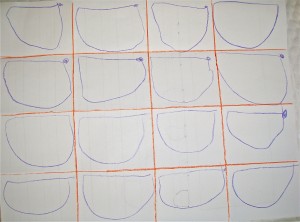 Practice on one inch grid paper, filling a sheet with a specific letter. The boxes reinforce correct sizing and spacing
Practice on one inch grid paper, filling a sheet with a specific letter. The boxes reinforce correct sizing and spacing
Group and introduce lower case letters based on how they are formed:
[information]Circles starting at the top: o c a d g q s[/information] [information] Begin with downward vertical stroke: l b h i j m n p r t u [/information]
[information]Adding diagonal lines: k v w x y z[/information] [information]Most difficult to form: e f [/information]
 Writing is a difficult task! It requires an integration of language skills, visual perception, fine and gross motor coordination, hand strength AND core strength!
Writing is a difficult task! It requires an integration of language skills, visual perception, fine and gross motor coordination, hand strength AND core strength!
Make the writing tasks meaningful! Here are some ideas:
- Making signs
- Labeling their artwork
- Making short lists (e.g favorite foods)
- Recording daily temperature
- Keeping a simple “bank book”
